|
Israeli Firm Says 'No Pane, No Gain,' with World's First Solar Powered Window
From tmcnet.com, July 14, 2011, by Cheryl Kaften: "An Israeli startup company is marketing the world's first solar-powered window-a double-glass pane embedded with PV cells that deliver energy efficiency, high-power density, and transparency.
Pythagoras Solar, a provider of photovoltaic gla ss unit (PVGU) technology based in Jerusalem, came to public attention in late June, when the company was selected as a winner of the GE ecomagination Challenge, which recognizes the most promising building energy innovations. Winners were chosen from among nearly 5,000 entrants, based on originality, feasibility, and potential impact of their entries. ss unit (PVGU) technology based in Jerusalem, came to public attention in late June, when the company was selected as a winner of the GE ecomagination Challenge, which recognizes the most promising building energy innovations. Winners were chosen from among nearly 5,000 entrants, based on originality, feasibility, and potential impact of their entries.
Stamford, Connecticut-based General Electric commented, 'Pythagoras Solar's window technology, an innovation for the real world, revolutionizes the design and construction of buildings, and answers market demand for aesthetically appealing architectural solutions that offer sustainability benefits and fast return on investment. With commercial installations underway, a growing project pipeline, and this prestigious award, Pythagoras Solar is well-positioned for success in the global marketplace.' "
Source:
Click on the link to read the full article
Green Technology World, tmcnet.com: http://green.tmcnet.com/channels/solar-power/articles/196835-israeli-firm-says-no-pane-no-ga-with.htm
Pythagoras Solar: http://www.pythagoras-solar.com/company/news-and-events/pressrelease-pythagoras-solar-wins-ge-ecomagination-innovation-award.php
Visit the GE ecomagination Website: http://www.ecomagination.com/
Image: Pythagoras Solar
|
| |
|
Quasicrystalline Aircraft Coating Shows Promise for Cookware, Prosthetics
From Defense Tech Briefs, April 1, 2011: "A technology initially designed to lubricate aircraft parts could lead to more durable nonstick cookware and prosthetic bone-repair implants.
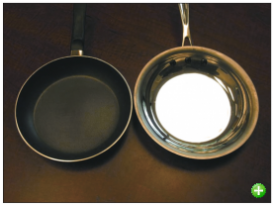 A technology initial A technology initial
ly designed to lubricate aircraft parts could lead to more durable nonstick cookware and prosthetic bone-repair implants. Through a 2000 SBIR Phase II contract, the Ballistic Missile Defense Organization (BMDO), a
predecessor of the Missile Defense Agency (MDA), funded the Annapolis, MD-based company Technology Assessment & Transfer, Inc. (TA&T) to develop a low-friction, low-wear lubricant for the moving parts of missiles and aircraft.
After successfully developing a lubricant that met the SBIR contract's goals, the TA&T researchers determined that the chemistry and techniques involved in making the lubricant could be used to create hardened, wear-resistant coatings not just for improving the durability of defense technologies, but also for improving cooking equipment."
Source:
Click on the link to read the full article
Defense Tech Briefs: http://www.defensetechbriefs.com/component/content/article/9638
Learn More About: Technology Assessment & Transfer, Inc.
Image: Defense Tech Briefs
|
| |
|
Growing Thin Films that Contain Embedded Voids
From SPIE.org, June 23, 2011, by Pavel Frajtag, et al.: "Uniform voiding defects in thin films offer unique designs for brighter and more efficient LEDs."
"Over the last decade gallium nitride (GaN) has become the semiconductor material of choice in several optical and electronic devices. In particular, GaN can help realize the potential of solid-state lighting (SSL), a multi-billion dollar emerging technology using LEDs that promises to fundamentally alter lighting and contribute to energy savings. Unfortunately, GaN and other III-nitride materials-such as aluminum and indium nitrides or their alloys-suffer from a high density of dislocations and other defects (∼108-1010cm−2) because of the lack of lattice-matched substrates. In general, these defects act as non-radiative recombination and scattering centers that impact the diffusion length and minority carrier lifetime, reduce thermal conductivity, and form easy pathways for impurity diffusion. Thus, they limit the performance, reliability, breakdown voltage, and lifetime of both optoelectronic and power devices. Here, we discuss our approach to reduce GaN defects by controlling the void density."
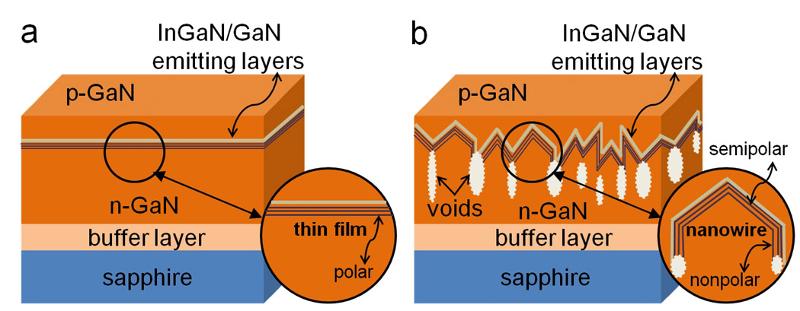
Source:
Click on the link to read the entire article:
SPIE.org: http://spie.org/x48776.xml?highlight=x2408&ArticleID=x48776
Image: SPIE.org
|
|
|
|
Laser Damage Testing for Ion Beam Sputtered Coatings at 2µm and 3µm
From SPIE, 2011, by Christopher Wood, et al.: The 2-3μm spectral region is experiencing rapid growth due to the emergence of many important applications, as well as the continued development of a wide variety of appropriate laser materials. Some example applications are:
· 2μm: Coherent CO2 lidar for space, optical pumping of other laser materials and Optical Parametric Oscillators (OPOs), medical diagnostics, materials processing, and
spectroscopy.
· 2-3μm: Broadband tunable laser spectroscopy, materials processing, free-space laser communications, trace gas sensing (atmospheric, industrial, semiconductor), environmentally durable coatings for Intelligence/Surveillance/Reconnaissance windows and domes (scratch resistance, water resistance, sand/erosion, etc.), medical diagnostics
· 3μm: (especially 2.94μm, 2.8μm) Erbium doped lasers are of special interest as this wavelength corresponds to the maximum level of water absorption: laser scalpel/laser surgery,
dentistry, dermatology; Material Processing: textiles, plastics, polymers; Infrared Countermeasures (IRCM).
The number and variety of laser materials in the 2-3μm spectral region is growing as fast as the applications.
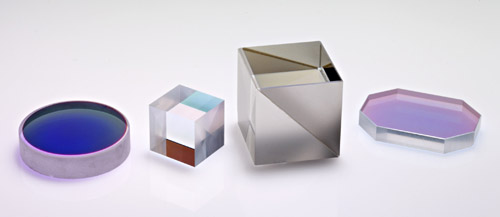
Source:
Click on the link to read the full article.
Precision Photonics Corp.: http://www.precisionphotonics.com/vitem_axpd.asp?id=14&itemtype=Technicalpapers
Image: Precision Photonics Corp.
|
| |
|
Ceramic Coatings May Protect Jet Engines from Volcanic Ash
From Ohio State University Research News, 2011, by Pam Frost Gorder: "Last year's $2 billion shutdown of European airspace following a volcanic eruption in Iceland alerted everyone to the danger that ash clouds can pose to aircraft engines.
Now, researchers have discovered that a new class of ceramic coatings could offer jet engines special protection against volcanic ash damage in the future.
For a study published online in the Early View e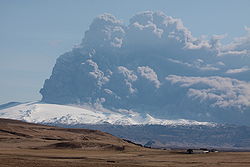 dition of the journal Advanced Materials, the researchers tested two coatings that were originally developed to keep airborne sand from damaging jet engines, and found that the coatings also resist damage caused by ash deposits. dition of the journal Advanced Materials, the researchers tested two coatings that were originally developed to keep airborne sand from damaging jet engines, and found that the coatings also resist damage caused by ash deposits.
'Of course, it's best for jets to avoid ash in the first place,' said Nitin Padture, College of Engineering Distinguished Professor at the Ohio State University, who led the study. 'That's not always possible. We determined that these coatings could offer sufficient protection against small amounts of ash ingested by the engine over time.'
However, large amounts of ash can temporarily jam a jet engine and cause it to stall, he explained. These coatings would not be useful in those extreme circumstances."
Source:
Click on the link to read the entire article:
Ohio State University Research News: http://researchnews.osu.edu/archive/volcanojet.htm
Image: Wikipedia: Eyjafjallajokull Volcano Plume
|
| |
|
New Technique Determines Mechanical Properties of Near Nanoscale Films
From AZoNano.com, July 19, 2011, by J.Y. Chung, et al.: "Researchers at the National Institute of Standards and Technology (NIST) have demonstrated a measurement technique that reliably determines three fundamental mechanical properties of near-nanoscale films. The technique, which highlights the challenge of making mechanical measurements on an object with at least one dimension comparable to the size of a virus, should enable better design and engineering for a variety of thin-film technologies, particularly reverse-osmosis membranes for water purification. 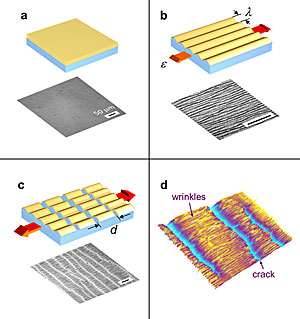
Reverse-osmosis membranes, explains NIST researcher Chris Stafford, are an interesting challenge for the materials scientist. The membranes are used in water purification systems - a polyamide film no more than 200 nanometers thick backed by a thicker, porous support layer. Water holding dissolved salts or other contaminants is forced against one side of the membrane at substantial pressures up to about a thousand psi (roughly 7 megapascal), and comes out the other side leaving most of the impurities behind. The mechanical integrity of the membrane is obviously essential - it can't tear or develop pinhole leaks under the pressure - but engineers lacked a good way to measure the strength and breaking point, under stress, of these extremely thin films."
Source:
Click the link to read the full article:
AZoNano.com: http://www.azonano.com/news.aspx?newsID=23027
Image: AZoNano.com
|
| |
|
Using Nano-Impact to Optimize Properties of Thin Films, Coatings and Bulk Materials
From AZoNano.com, July 5, 2011, by AZoNano Editors: "The study of fatigue and fracture processes is possible by allowing repeated contact through impact. It is possible to sense the onset of damage as an "in situ" wear test and acquire mechanistic information that can be much more advantageous in intelligent coating design than simply reporting an average wear rate or hardness. Nano-Impact was developed and has been patented by Micro Materials according to EU Patent 1095254 and is fast becoming a vital research tool in the very best global research institutions. Nano-Impact can operate at high strain rates and provides important additional information to nanoindentation. A wear test sample is shown..." 
Source:
Click the link to read the full article:
AZoNano.com: http://www.azonano.com/article.aspx?ArticleID=2908
Image: AZoNano.com
|
| |
|
Bragging About Nanoparticles
From Materials Views, July 13, 2011, by Geoffrey Ozin:
"There is a lot to brag about these days in the field of nanoparticles. Control of their composition, size and shape, surface chemical and physical properties, and self-assembly into a myriad of f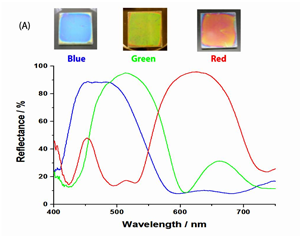 orms are notable contributions of a nanochemistry approach to their study. They are attracting increasing interest for integration into advanced materials and biomedical devices. orms are notable contributions of a nanochemistry approach to their study. They are attracting increasing interest for integration into advanced materials and biomedical devices.
Colloidal stability enables the formation of thin films of nanoparticles by simple techniques such as spin and dip coating. Thin films can be formed from many types of nanoparticles, regardless of whether they are mono- or polydispersed in size and spherical or non-spherical in shape. By stacking multiple nanoparticle films of different refractive indices on top of one another it is possible to create superlattices with photonic properties that are dependent upon the geometrical thickness and refractive index of the component layers. This kind of multilayer architecture has an interesting history."
Source: Click the link to read the full article:
Materials Views: http://www.materialsviews.com/details/news/1240037/Bragging_about_Nanoparticles.html?utm_source=svc&utm_medium=email&utm_campaign=svc_mailing
Image: Dr. Daniel Puzzo
|
| |
|
Porous Titanium Products for Biomedical Applications
From International Powder Metallurgy Directory (ipmd.net), July 20, 2011: "The paper by J Bris and S Lascano (Universidad del Norte, Barranquilla, Colombia); Y Torres, G Hernandez and J Rodriquez (Universidad de Sevilla, Spain) and J Pavon (Universidad de Antioquia, Medellin, Colombia) compared two techniques for the preparation of porous samples from commercial purity Titanium grade-4 - loose powder sintering, followed by vacuum sintering at either 1000°C or 1100°C, and uniaxial compaction of powder mixes incorporating space-holder additions of NaCl in the volume fraction range of 40-70%, followed by space-holder removal in warm distilled water (50-60°C) for 4 hours and vacuum sintering at 1250°C.
The aim of this project was to address the problem of bone resorption resulting from the stress shielding effect arising from the stiffness ratio between the bone and the implant by producing porous titanium with stiffness comparable to that of cortical bone."
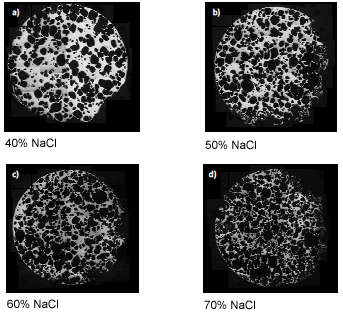
Source: Click on the link to read the entire article:
International Powder Metallurgy Directory: http://www.ipmd.net/articles/001332.html
Image: MPIF
|
| | |
|
Architectural Glass: 6 Glazing Technologies to Consider
From Green-Buildings.com, by Sarah Gudeman: "Glazing can take several forms in a building application including curtain wall, operable windows, storefront, skylights and architectural glass. And while glazing has myriad properties that would be essential to consider from a building occupant, owner or architectural perspective, the ones called out specifically in energy codes and standards are u-value (also commonly referred to as u-factor) and solar heat gain coefficient (SHGC).
Essential Glazing Factors
U-value represents the thermal transmittance, or heat transmission through a unit area of material or construction assembly and the boundary air films, induced by unit temperature difference between the environments on each side, measured in Btu/hr-sq ft-°F.
SHGC is the ratio of the solar heat gain entering the space through the fenestration area to the incident solar radiation. Solar heat gain includes directly transmitted solar heat and absorbed solar radiation, which is then reradiated, conducted, or convected into space. The fenestration area (at least as far as ASHRAE 90.1 is concerned) refers to the total area measured using the rough opening and including the glazing, sash, and frame. So when the standard calls out an assembly maximum, it's not just center-of-glass values we need to take into consideration."
Source: Click the link to read the full article.
Green-Buildings.com: http://www.green-buildings.com/content/781972-architectural-glass-6-glazing-technologies-consider
|
|
|
|
Colnatec Awarded $450,000 Phase II D.O.E. Research Grant
From ColnatechNews Release, July 19, 2011: "Gilbert-based Colnatec LLC, a designer, developer and manufacturer of state-of-the-art sensors and electronic instrumentation, has been awarded a Phase II $450,000 U.S.
Department of Energy research grant to continue development of a self-cleaning, process control sensor for the manufacture of thin film (CIGS) solar cells. This follows a Phase I award the firm received last year, and it allows them to build upon current state-of-the-art technology and develop enhancements that will result in the production of an unlimited lifetime sensor capable of improving solar cell conversion efficiencies.
"This sensor is a revolutionary development in continuous vacuum coating technology," said Colnatec CTO Scott Grimshaw. "Receiving the Phase II grant award will allow us to build and deliver first generation prototypes to thin film solar cell and flexible lighting manufacturers. We now can go from
concept to reality on an accelerated schedule to stay in-sync with a rapidly developing solar market." The successful construction of a heated, self-cleaning microbalance sensor will have applications far beyond thin film solar cell production according to Mr. Grimshaw. This includes furnace processing,
chemical vapor deposition (CVD), atomic layer deposition (ALD) and low temperature thin film processing. Also included is a new class of organic thin film devices known to be difficult to monitor in vacuum processing lines, such as OLEDs (Organic Light Emitting Diodes) and thin film lighting."
Source: Click the link to read the full article.
Colnatec: http://colnatec.com/uploads/Phase_II_SBIR_Colnatec.pdf
|
|
|
|
Number of MOCVDs Owned by China Expected to be World's Largest in 2012
From Displaybank, June 30, 2011: China's fast-paced investments in LEDs are expected to drive them to be #1 in number of MOCVDs globally by 2012. China is rapidly recruiting engineers from more technologically developed countries such as Korea. Brian Bae, senior analyst at Displaybank research noted that "we really need to pay closer attention to China where there is great potential for not only prices and capacity but also in terms of patents, performance and quality."
Demand for MOCVD is also expected to increase in Korea, Taiwan and Japan as LEDs are used more in general lighting and with growth of LED backlight for large-sized LCDs.
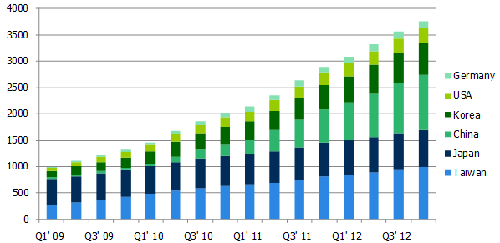
Source: Click the link to read the full article.
Displaybank: http://www.displaybank.com/eng/info/sread.php?id=5945&pg=1&device2=
Image: Displaybank
|
|
|
|
Flexible Photovoltaic Cells Printed on Paper or Fabric
From MIT News, July 11, 2011: MIT researchers have developed an inexpensive, simple solar cell on a "flimsy sheet, formed from special "inks" deposited on the paper. You can even fold it up to slip into a pocket, then unfold it and watch it generating electricity again in the sunlight.
"The basic process is essentially the same as the one used to make the silvery lining in your bag of potato chips: a vapor-deposition process that can be carried out inexpensively on a vast commercial scale."

Source: Click the link to read the full article.
MIT News: http://web.mit.edu/newsoffice/2011/printable-solar-cells-0711.html
Image: Patrick Gillooly
|
|
|
Do You Have an Interesting Article to Share?

Interested in sharing the latest news in vacuum coating technology? Forward us a link to an article you want to share with the rest of the SVC readership to publications@svc.org. Purchase advertising space in this newsletterby contacting SVC at svcinfo@svc.org.
Society of Vacuum Coaters
71 Pinon Hill Place NE
Albuquerque, New Mexico 87122
505-856-7188
|
| |
|
 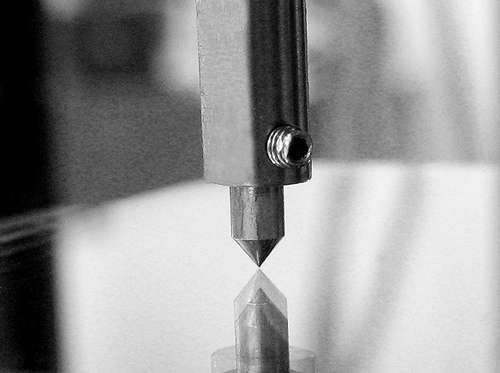
Nanovea manufactures Profilometers, Mechanical Testers & Tribometers to combine the most advanced testing capabilities in the industry. And unlike other manufacturers, Nanovea also provides Laboratory Services.
Learn More
www.nanovea.com
E-Mail: info@nanovea.com
Phone: 949-461-9292 |
| |
|

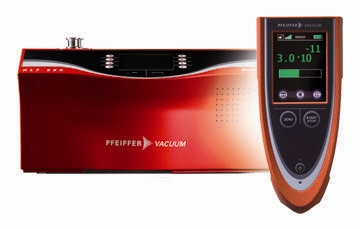
Leak Detector with Wireless Remote
The rugged and easy to use
SmartTestTM helium leak detector is available with a wireless remote. It detects leaks down to 5x10-12 mbar l/s. Learn More.
Pfeiffer Vacuum, Inc.
24 Trafalgar Square
Nashua, NH 03063-1988
Phone: 603-578-6500
www.pfeiffer-vacuum.com
smarttest@pfeiffer-vacuum.com
|
| |
Used to store the energy of a liquid or gas, BellowsTech bellows accumulators can be manufactured from various materials to match an application's media compatibility requirements. Learn More.
BellowsTech, LLC
Phone: 386-615-7530
www.bellowstech.com
Email: bellows@bellowstech.com
|
| |
SIMS Workstation
A high performance SIMS instrument for:
- Thin film depth profiling
- Surface imaging
- Features new high sensitivity sputtered neutrals detection mode for quantitative analysis.
Learn more.
E-mail address: info@hiden.co.uk
Phone: +44 [0] 1925 445225 (UK)
or [1] 734 542 6666 (USA)
Website: www.HidenAnalytical.com
|
| |
VAT manufactures high quality vacuum valves for a variety of applications. Products include: gate, angle, fast-closing, transfer, pendulum, throttle, pressure control, all-metal and customized valves. Learn more.
Contact Us:
Phone: 781-935-1446
or 800-935-1446
E-Mail: US@vatvalve.com
|
| |
Roll Coating System
ULVAC's SPW-030 roll coating system is capable of processing 300 mm wide substrate compositions including thin-gauge metal rolls and polymeric materials for R&D and Pilot-scale production. Learn More.
ULVAC Technologies, Inc.
Visit Us Online
Tel: 1-978-686-7550
E-mail: sales@us.ulvac.com
|
| |
INFICON thin film deposition controllers, monitors and accessories, including customizable sensors and feedthroughs, offer features, function and value targeted to your application. View our catalog and contact us today!
INFICON
www.inficon.com
E-mail: reachus@inficon.com
|
|
|
Rotary Motion Feedthroughs
Rigaku offers a full range of feedthroughs, including low cost SuperseaL, hollow shaft, solid shaft, motorized, UHV, custom designs and competitive direct replacements.
Learn More
Rigaku Vacuum Products
www.rigakuvacuum.com
E-mail: vacuum-info@rigaku.com
Phone: 603-890-6001
|
| |
Want to Vary Your Output? Comdel's CLB Power Supply
is Flexible.
Comdel's new CLB Series of Low Frequency Power Supplies provide 2500 to 12,000 Watts of power with varying output frequency in a superior design with a small, lightweight package. Learn more.
Comdel
11 Kondelin Road
Gloucester, MA 01930
Tel: 978-282-0620 or 800-468-3144
Fax: 978-282-4980
www.comdel.com
info@comdel.com
|
| |
|
 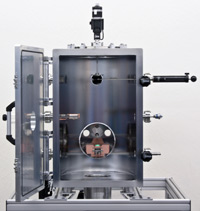
MDC's Bundled Engineered Solutions
MDC offers virtually every component required for vacuum coating applications. With MDC's standard chamber line you have the advantage of bundling these high quality pieces together without hours or weeks of special engineering. More...
MDC
engineered process solutions
www.mdcvacuum.com
|
| |
|
 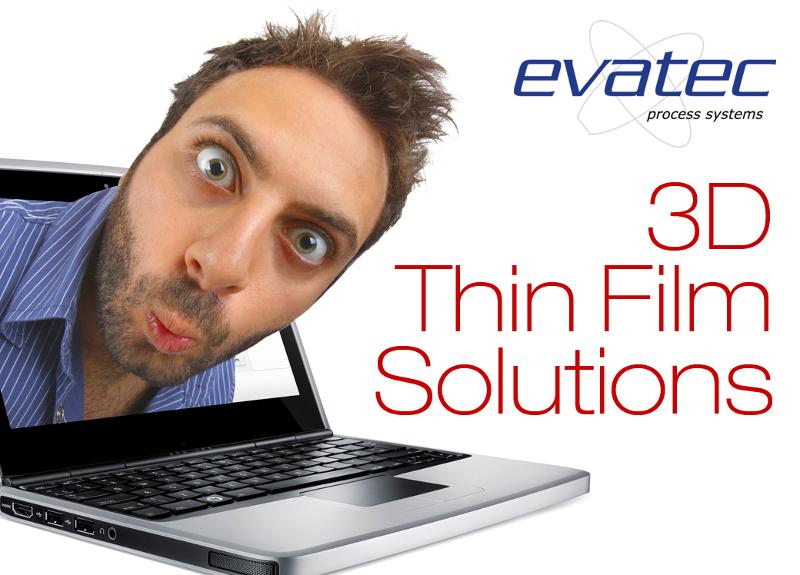
Choose Evatec's MSP sputter tool for high volume production in 3D technology and enjoy excellent thin film repeatabilities, a proven tool concept and a reliable partner. Contact Evatec's dedicated USA office for all your local sales and service requirements in thin film technology.
Phone: (603) 669-9656 www.evatecnet.com E-Mail: infoNA@evatecnet.com
|
| |
 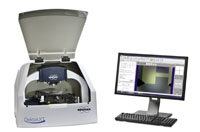
Bruker's New DektakXT™ Stylus Profiler
DektakXT™ sets a new standard in high-performance thin-film measurements with better than 5Å step height repeatability, scanning up to 40% faster, and a single-arch design, that improves the system's noise floor. Learn More. Bruker Corporation 520-741-1044 productinfo@bruker-nano.com |
| |
|
 
Rotary Vane Pumps
Stock to 4 Weeks
3 to 64 CFM, 6 to108 m3/hour. All voltages, 1 and 3 phase. Fomblin/Krytox available. 2 year parts and labor warranty, satisfaction guaranteed.
Vacuum Research Corporation Phone: 800/426-9340
Web: www.vacuumresearch.com
E-Mail: vrc@vacuumresearch.com
|
| |


Dynavac's Diamond-Like Carbon Deposition System produces infrared and anti-reflection coatings for commercial and military applications on substrates up to 24" diameter.
www.dynavac.com
Telephone: 781-740-8600
E-Mail: sales@dynavac.com |
| |
|
 
Speed pump-down and vacuum performance with RediVac™ Vented Screws and Vacuum Baked O-Rings from
UC Components Inc.
www.uccomponents.com
|
| |
|
 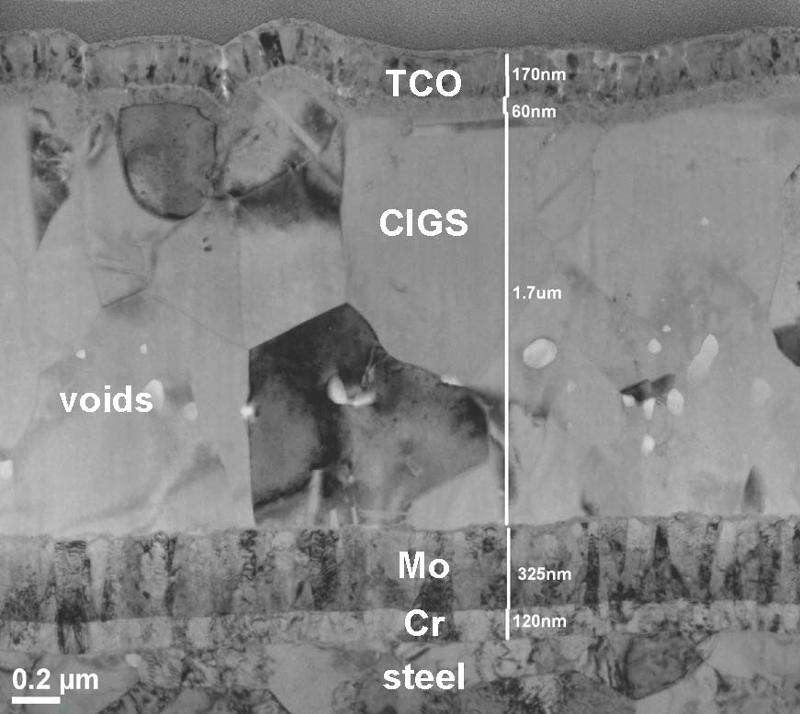
Evans Analytical Group (EAG) is the leading global provider of high quality surface analysis and materials characterization services to the films and coatings industry.
Evans Analytical Group
1.800.366.3867
|
| |
|
 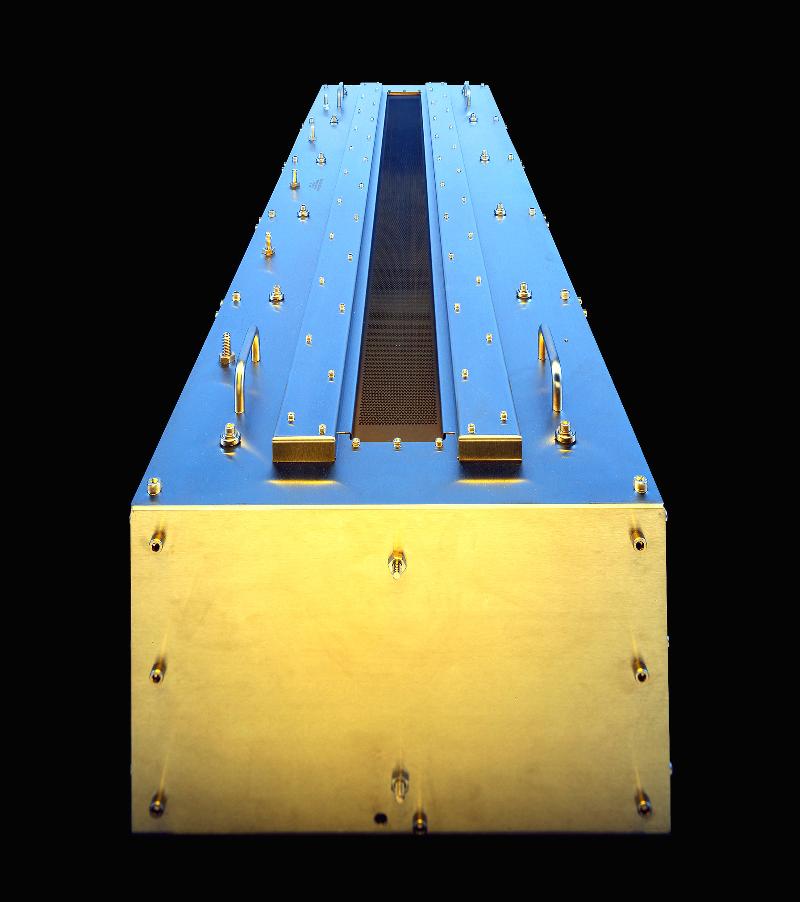
Veeco provides RF Linear Ion Sources for medium and large scale substrates featuring a broad power range and patented technology that provides reliability and performance.
To Learn More Visit:
www.veeco.com
970-221-1807
|
| |
|
 
Solid Sealing Technology designs and manufactures hermetic assemblies using metalizing, brazing and glass-ceramic sealing including standard and custom Feedthroughs/Connectors for extreme environments and UHV.
Contact:
Ph: 518-874-3600
Fax: 518-874-3610
info@solidsealing.com
|
| |
|
1st International Symposium on Transparent Conductive Coatings
October 4-6, 2011
Incheon, Korea
A Joint Symposium Sponsored by:
The Korean Institute of Surface Engineering (KISE)
-and-
Society of Vacuum Coaters
Now Accepting Papers on the Following Topics
- dry processes for transparent conductive coating
- wet processes for display devices
- materials and processes for energy conversion devices
- plasma generations and simulations
Learn More
Visit the KISE web site and click the TCC Symposium button.
|
| |
SVC On-Location
Education Program

Bring High Quality, Practical Tutorials in PVD Processing and Vacuum Technology to Your Facility.
SVC Provides:
Recognized Instructors
Practical Information
A Schedule Convenient for You
Cost-Effective Training
Learn More...
|
| |
Save the Dates!
The 55th Annual SVC TechCon
April 28 - May 3, 2012
Santa Clara, California
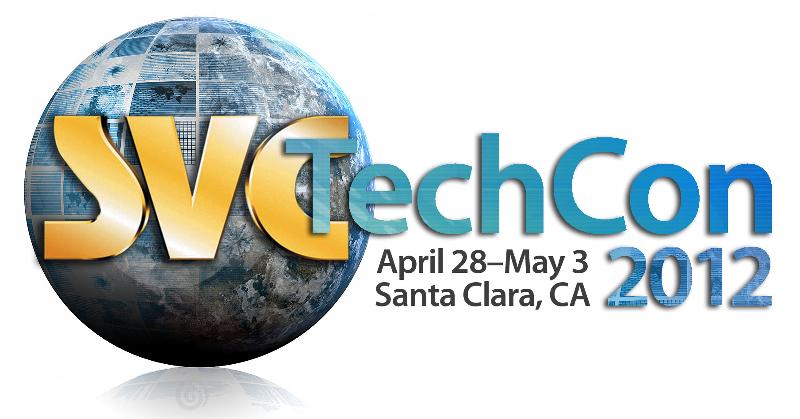 Featuring our Key Traditional Sessions, Two Symposia and Interactive Forums Featuring our Key Traditional Sessions, Two Symposia and Interactive Forums
"Lab to Fab" Vacuum Coating Manufacturing Processes
-and-
New Materials and Processes for Photovoltaics Manufacturing
Executive Forum
Road Mapping of Future Thin Film Products
-and-
Venture Forum
Funding and Tools to Get Your Product to Market
Preliminary Call for Papers
Submit an Abstract
|
| |
|